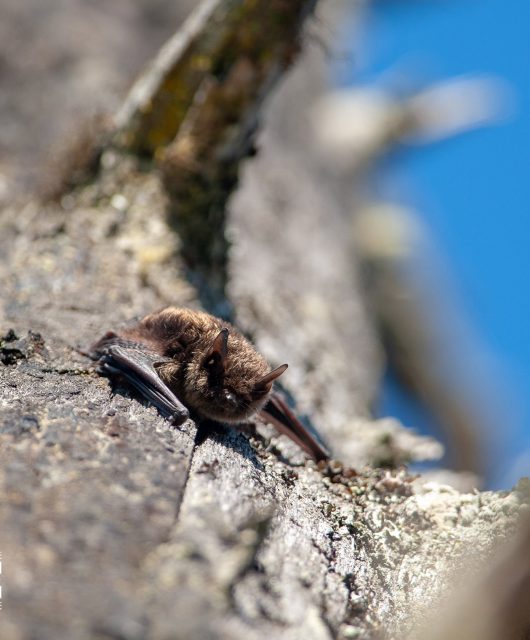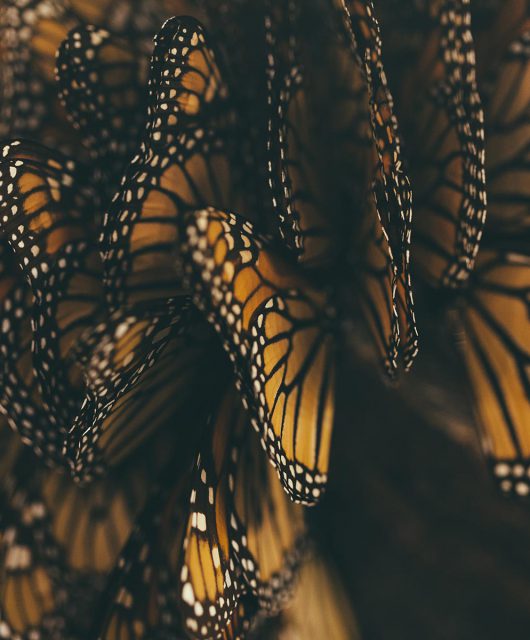[PHOTO CREDIT: KAREN VANDERWOLF]
I just got back from the 7th annual White-nose syndrome (WNS) workshop held this year in St. Louis, Missouri.
These meetings are important because there is a lot of knowledge about WNS that is unpublished. Before a scientific paper can be published, it must go through a rigorous peer-review process wherein fellow scientists read the paper and provide feedback. The process of gathering data, analyzing it, writing it up, and getting it published is generally slow. During these meetings, scientists present their unpublished findings so that fellow scientists and wildlife managers have the latest information available on this fast-moving and urgent topic. It is also a great opportunity to discuss WNS issues with colleagues and establish new collaborations.
One of the big topics at this meeting was exploring ways to control the WNS fungus using biocontrol treatments. Various bacteria and chemicals derived from bacteria and fungi are being examined for their ability to inhibit the WNS fungus. The process for developing an effective biocontrol treatment is a long one. There are many things to consider: does the treatment actually prevent WNS in bats? How will the treatment be applied to millions of bats in thousands of caves, only some of which are accessible to humans? Given that the WNS fungus can live in caves without bats, over what timescale will the treatment need to be applied? Does the treatment harm bats or any other component of cave ecosystems? The welfare of other organisms that live in caves must be considered when developing treatments for WNS that will be applied in caves. This is a tricky value judgment to make since the absence of bats from caves, due to WNS, may also negatively affect other cave organisms that depend on bats. A complex issue!
Do you have a question about WNS or bats you’ve been wondering about? Leave a comment and I will try to do a blog about it!







1 comment
Do scientists and wildlife specialists know that origins and main causes of WNS? What preventative measures can the average person take, to help the bats, to recover? My daughter has never even had a chance to see a bat, and she is six years old.
Thank you for sharing,
Dawn in Quispamsis, New Brunswick